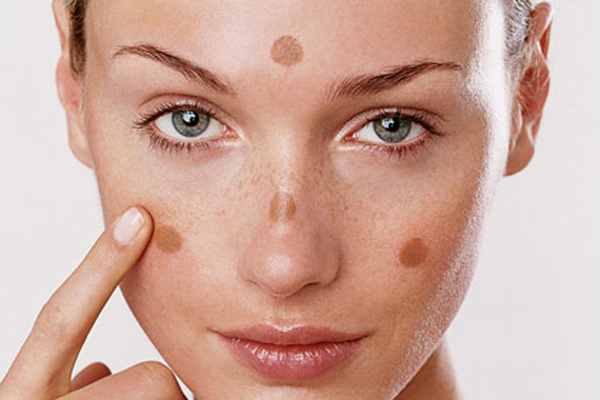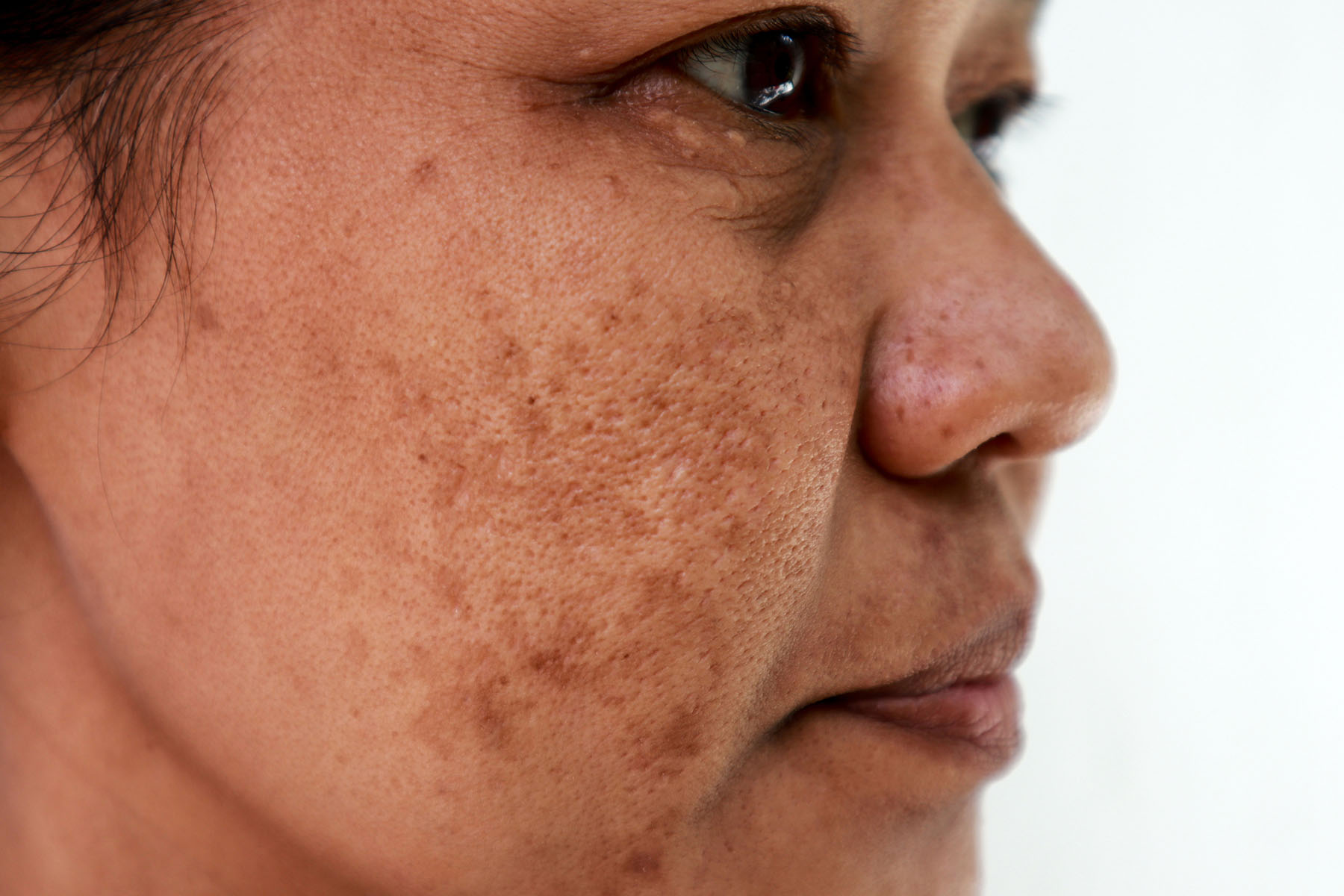Comprehensive Guide to Melasma Treatment Approaches

Melasma, a skin condition characterized by dark, discolored patches, often appears on the face, typically on the cheeks, forehead, nose, and chin. It can be caused by various factors, including hormonal changes, sun exposure, genetics, and the use of certain medications. While Melasma Treatment Dubai is not harmful, it can significantly affect a person’s self-esteem. Fortunately, there are multiple treatment approaches available to help manage and reduce the appearance of melasma.
In this comprehensive guide, we will explore the most effective melasma treatment approaches, ranging from professional procedures to at-home remedies. Whether you’re seeking relief from stubborn pigmentation or simply looking to prevent melasma from worsening, this guide will help you navigate the best options for clearer, more even-toned skin.
Understanding Melasma: What Is It?
Before diving into treatment options, it’s important to understand the underlying causes and symptoms of melasma. Melasma is often referred to as a “pregnancy mask” because it is common in pregnant women, though anyone can develop it. It occurs when the skin produces excess melanin, the pigment responsible for skin color. This overproduction of melanin leads to the formation of dark patches, which may be triggered or exacerbated by UV exposure, hormonal fluctuations, or genetics.
Professional Melasma Treatments
When melasma is persistent or resistant to at-home remedies, professional treatments may be necessary. Dermatologists and skin specialists offer various treatments that can significantly improve the appearance of melasma, often with faster results.
Chemical Peels
Chemical peels are a popular treatment option for melasma. This procedure involves applying a chemical solution to the skin that exfoliates the top layer, removing dead skin cells and promoting the regeneration of healthier, more even-toned skin. The peel can help lighten pigmentation by targeting melanin production. Chemical peels are usually performed in a dermatologist’s office and can be customized to suit different skin types and concerns.
Laser Treatments
Laser treatments, particularly fractional laser or Q-switched lasers, are highly effective for treating melasma. These treatments work by targeting the pigmented areas and breaking down excess melanin without damaging surrounding skin. Laser therapy can help lighten melasma patches and reduce their size. It’s important to note that while laser treatments can provide excellent results, they may require multiple sessions to achieve desired outcomes.
Microneedling
Microneedling is another option for treating melasma. This treatment involves using tiny needles to create controlled micro-injuries in the skin, stimulating collagen production and helping to fade pigmentation over time. Microneedling is often combined with topical treatments to enhance its effectiveness. It is a minimally invasive procedure that can be done in-office and typically requires several sessions for optimal results.

At-Home Remedies for Melasma
For those seeking milder options, at-home remedies can be a great starting point in managing melasma. While these methods may not provide immediate results, consistency is key, and with time, they can help lighten dark spots and even out skin tone.
Topical Lightening Agents
Several natural and over-the-counter topical lightening agents can help reduce melasma pigmentation. One of the most commonly used ingredients is hydroquinone, a skin-lightening agent that inhibits melanin production. Over-the-counter products containing hydroquinone can help lighten dark spots gradually. For those seeking a more natural alternative, vitamin C is a potent antioxidant that helps brighten the skin and reduce pigmentation over time.
Sunscreen: The Most Important Step
The most important aspect of managing melasma is sun protection. Exposure to UV rays can worsen melasma and trigger the production of more melanin. Daily application of a broad-spectrum sunscreen with SPF 30 or higher is essential to prevent melasma from darkening. Sunscreen should be reapplied throughout the day, especially when spending extended time outdoors. Additionally, physical barriers such as hats and sunglasses, as well as seeking shade, can further protect the skin.
Natural Ingredients for Skin Brightening
There are several natural remedies known for their skin-brightening properties. Aloe vera is one such ingredient that has been shown to reduce pigmentation while soothing the skin. Turmeric, with its active compound curcumin, is another excellent natural remedy for melasma, known for its anti-inflammatory and skin-lightening properties. Licorice extract, green tea, and niacinamide are also beneficial ingredients that can help reduce dark spots and improve skin tone.
Retinoids and Retinol
Retinoids, such as retinol or prescription-strength tretinoin, can be effective for treating melasma. These compounds increase cell turnover, helping to shed pigmented skin cells and encourage the production of new, evenly pigmented skin. Retinoids can be found in both over-the-counter and prescription products. However, they should be used with caution, as they can make the skin more sensitive, especially when combined with sun exposure.
Maintenance and Post-Treatment Care
Whether you choose professional treatments or at-home remedies, proper post-treatment care is crucial to ensure long-lasting results. After undergoing procedures such as chemical peels, microneedling, or laser treatments, your skin will require extra care to minimize irritation and support the healing process.
Follow-up with Sun Protection
Following professional treatments, it is essential to maintain diligent sun protection. Post-treatment skin is more sensitive, and exposure to the sun can lead to further pigmentation and scarring. Continue applying sunscreen daily and avoid sun exposure, especially during peak hours.
Moisturizing and Hydrating
After melasma treatments, it’s important to keep the skin moisturized to promote healing and prevent dryness or irritation. Look for gentle, hydrating moisturizers that contain ingredients like hyaluronic acid and ceramides, which help lock in moisture and maintain a healthy skin barrier.
Patience and Consistency
Whether using professional treatments or at-home remedies, the key to Melasma Treatment in Dubai is consistency. Results may take time to show, and it’s important to stick to your treatment plan and be patient. Melasma is a chronic condition, and while it can be managed effectively, ongoing care is necessary to maintain results and prevent future flare-ups.
Conclusion
Melasma treatment approaches range from professional therapies to at-home remedies, providing a variety of options for individuals seeking to manage this common skin condition. While treatments like chemical peels, laser therapy, and microneedling offer fast results, natural remedies like topical lightening agents, sunscreen, and nourishing ingredients can help maintain clear, even skin over time.
Regardless of the approach you choose, the most important steps include consistent sun protection, proper skincare, and patience. With the right combination of treatments and ongoing care, melasma can be effectively managed, allowing you to enjoy radiant, balanced skin. Always remember to consult a skincare professional for personalized advice tailored to your specific needs.







